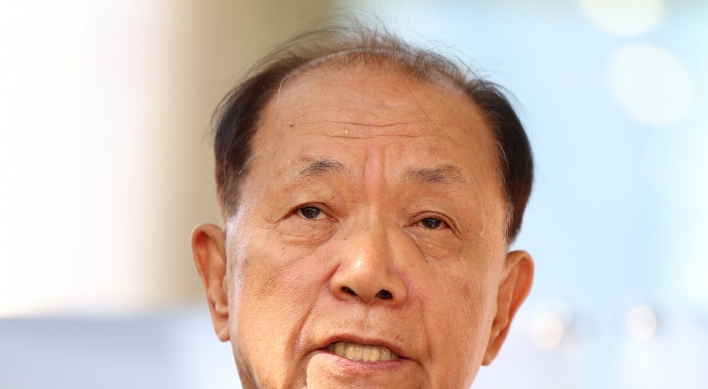The number of high-priced South Korean stocks increased last year compared to a year ago, and they tended to produce higher yields than their peers, the main bourse operator said Monday.
Stocks listed on the main KOSPI market priced over 100,000 won ($91.5), the top-end price band, rose 22.58 percent on-year to 76 as of Friday compared to the end of 2013, the Korea Exchange (KRX) said.
In the secondary KOSDAQ market, shares priced over 30,000 won, its upper band, tallied at 62, up 58.97 percent from a year earlier, it said.
A total of 1,753 stocks listed on the main and secondary bourses were available for the year-over-year comparison.
The more expensive the shares, the more they rose in price, particularly in the tech-laden secondary bourse.
KOSDAQ shares above 30,000 won jumped an average of 84.37 percent in their prices, and shares priced from 10,000-30,000 won and from 5,000-10,000 won rose 41.81 percent and 24.17 percent each. Penny stocks less than 1,000 won plunged 13.73 percent, it said.
In the KOSPI market, stocks priced from 50,000-100,000 won outperformed other price bands, showing a 25.19 percent surge during the period, the KRX said.
Stocks priced from 30,000-50,000 won gained 24.67 percent, and those over 100,000 won inclined 20.82 percent. Shares ranging from 5,000-10,000 won went up 11.91 percent, while those below 5,000 won advanced 7.81 percent, it said.
The KRX's analysis showed that small- and mid-cap stocks last year outdid large caps, their market capitalization exceeding more than half of that for large caps for the first time in 12 years.
The combined value of small- and mid-caps, which are composed of KOSDAQ stocks and KOSPI shares with assets below 15 billion won, reached 452.7 trillion won, or 50.4 percent of large caps listed in the KOSPI, the KRX said.
The weight of small caps versus large caps reached over 60 percent in November 2002, but it tumbled to 32.5 percent in the following month. The ratio hit bottom in June 2004 with 27.7 percent.
The recent rise of market underdogs came as heavyweights' poor earnings prompted investors to turn to mid-sized firms with more upbeat outlook and solid performance, according to analysts.
"Small- and mid-caps continue to post strong performance this year following last year, largely because of uncertainties in the market," Seo Myung-chan, an analyst at Kiwoom Securities Co., said. "Investors are expected to pay more attention to small- and mid-caps with positive earnings outlook in the coming earnings season later this month." (Yonhap)





![[KH Explains] No more 'Michael' at Kakao Games](http://res.heraldm.com/phpwas/restmb_idxmake.php?idx=644&simg=/content/image/2024/04/28/20240428050183_0.jpg&u=20240428180321)











![[Herald Interview] Mistakes turn into blessings in street performance, director says](http://res.heraldm.com/phpwas/restmb_idxmake.php?idx=652&simg=/content/image/2024/04/28/20240428050150_0.jpg&u=20240428174656)
